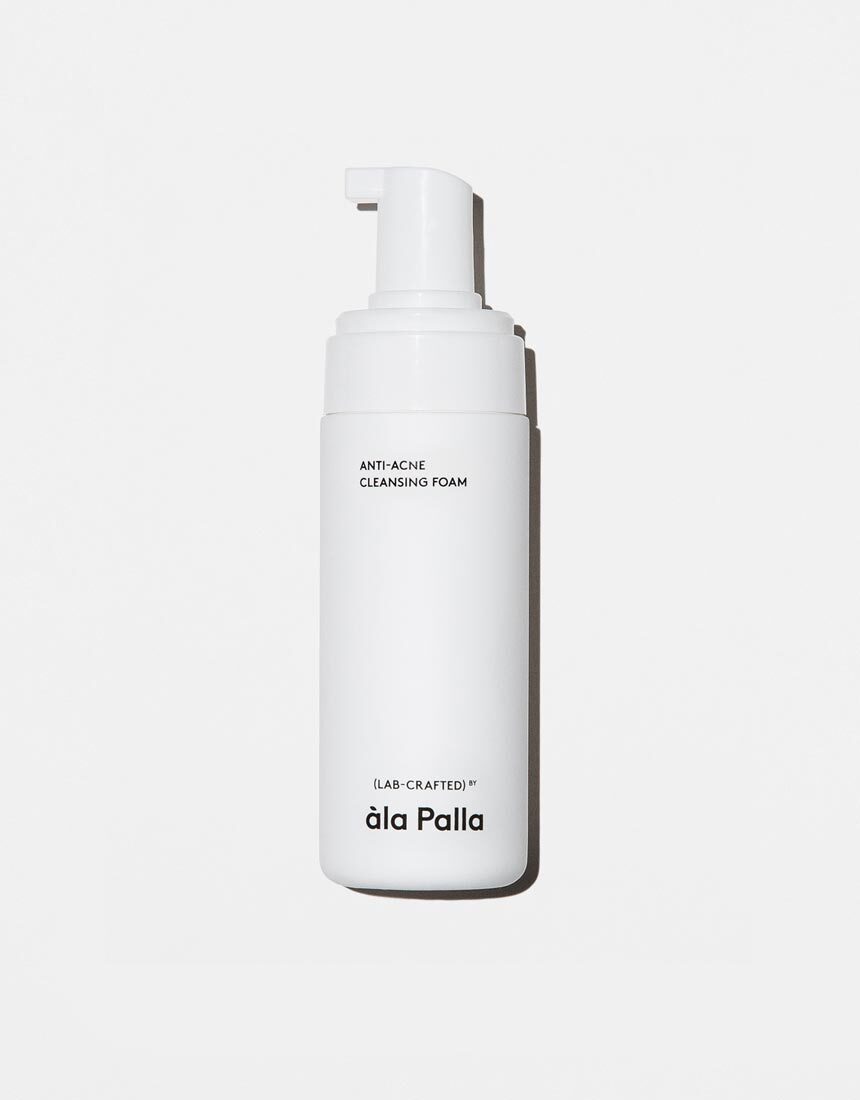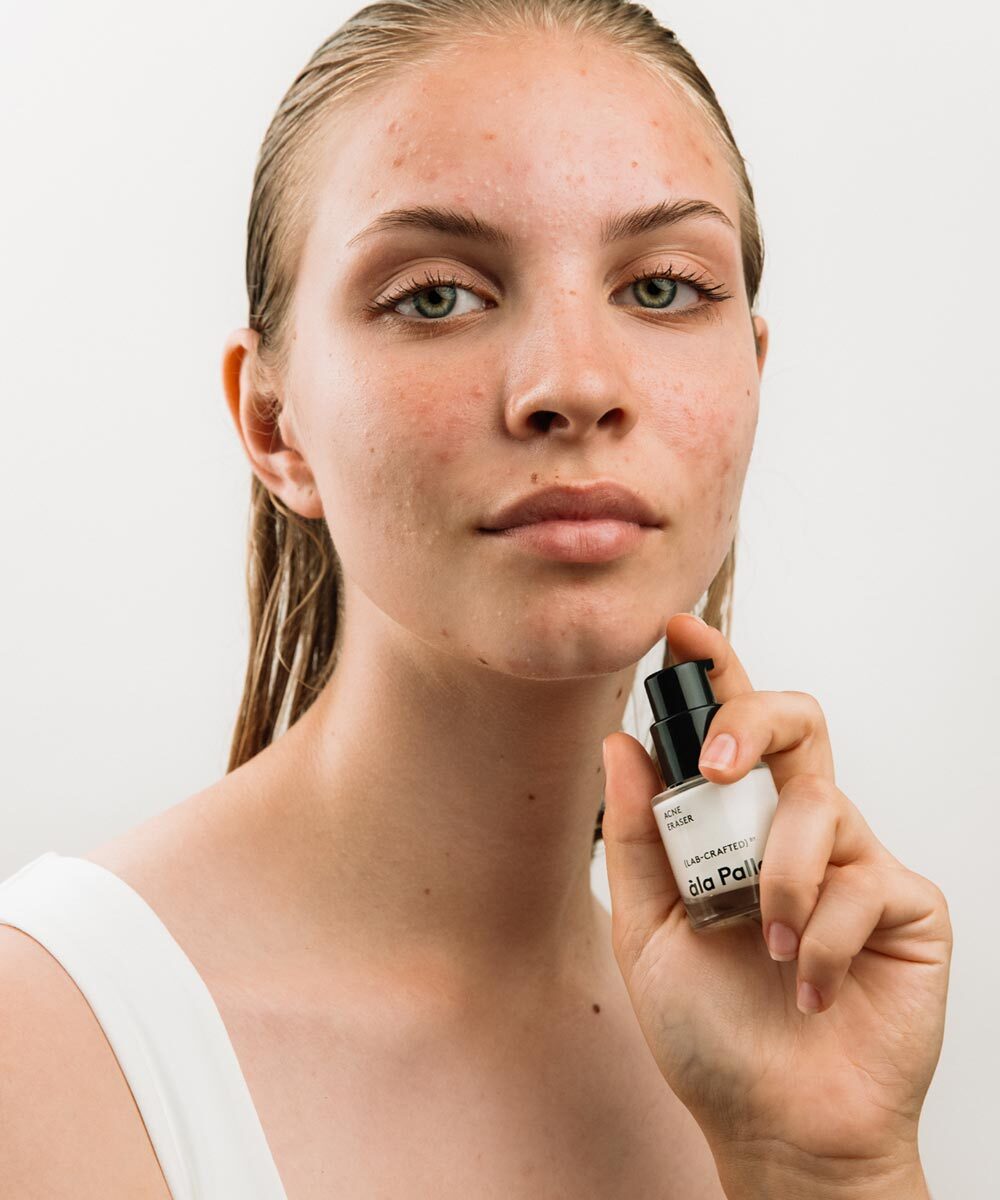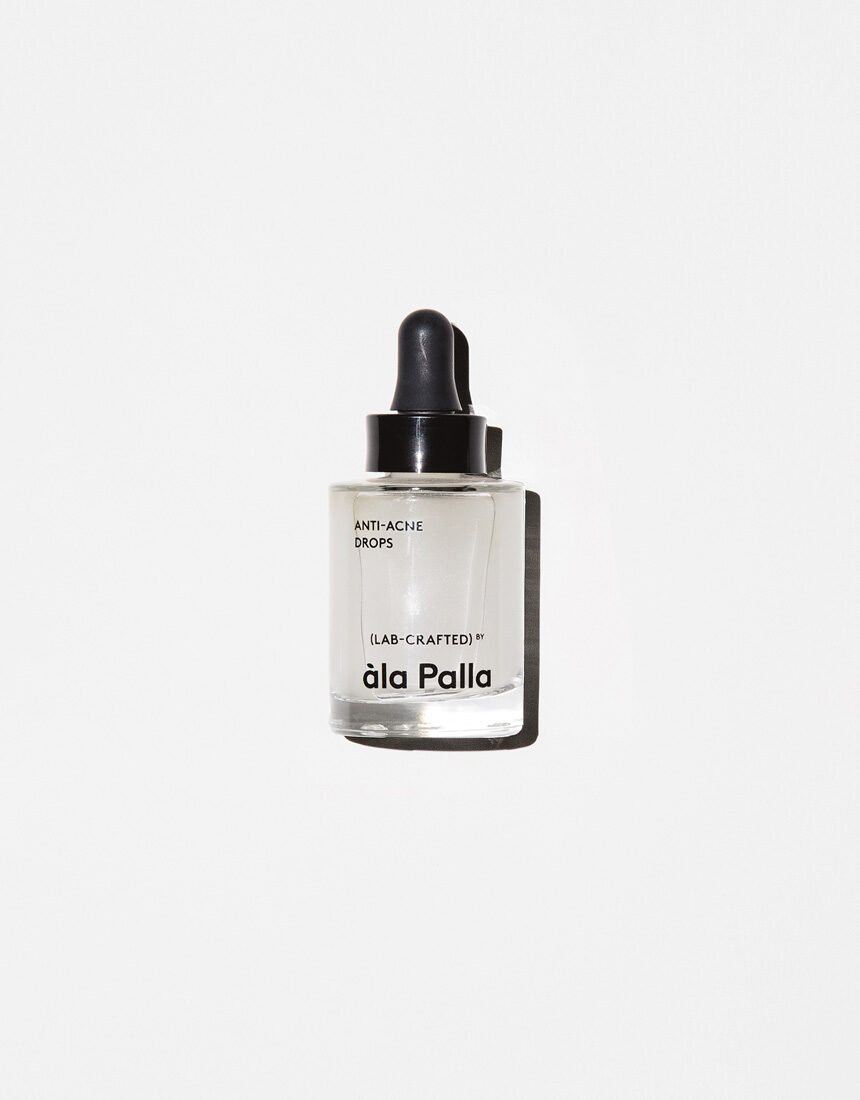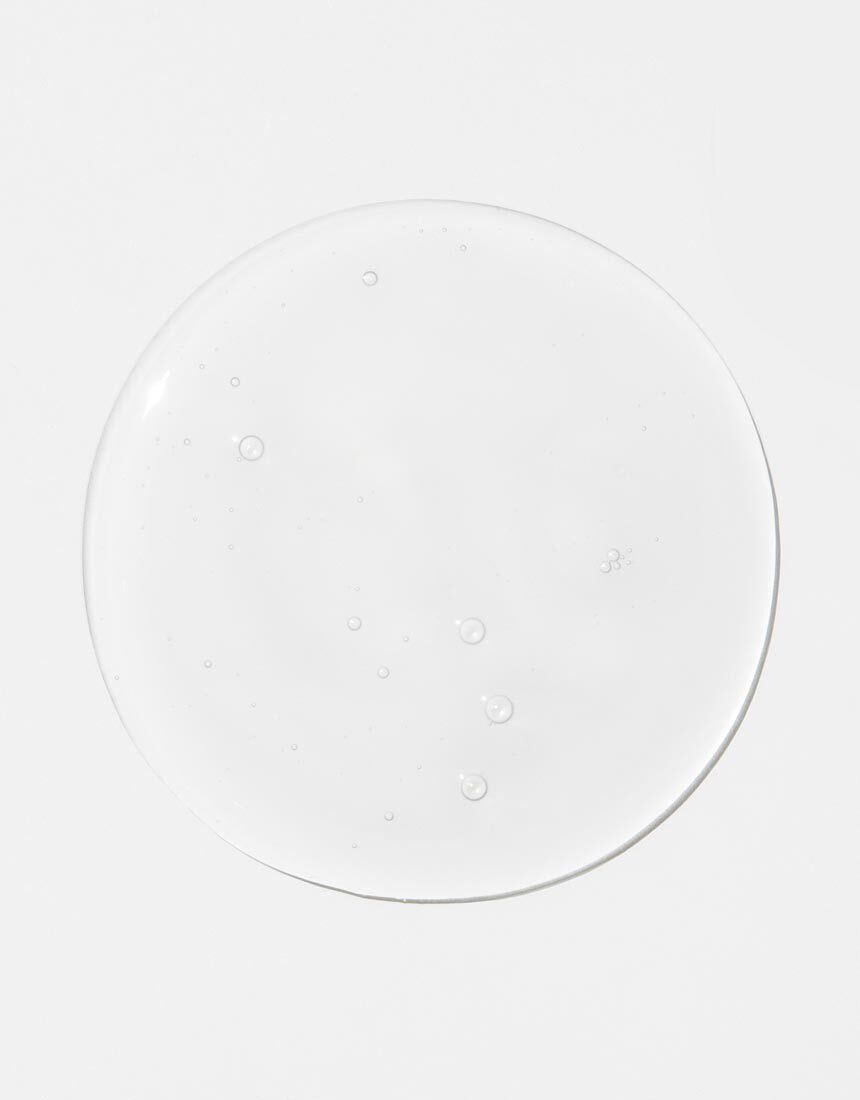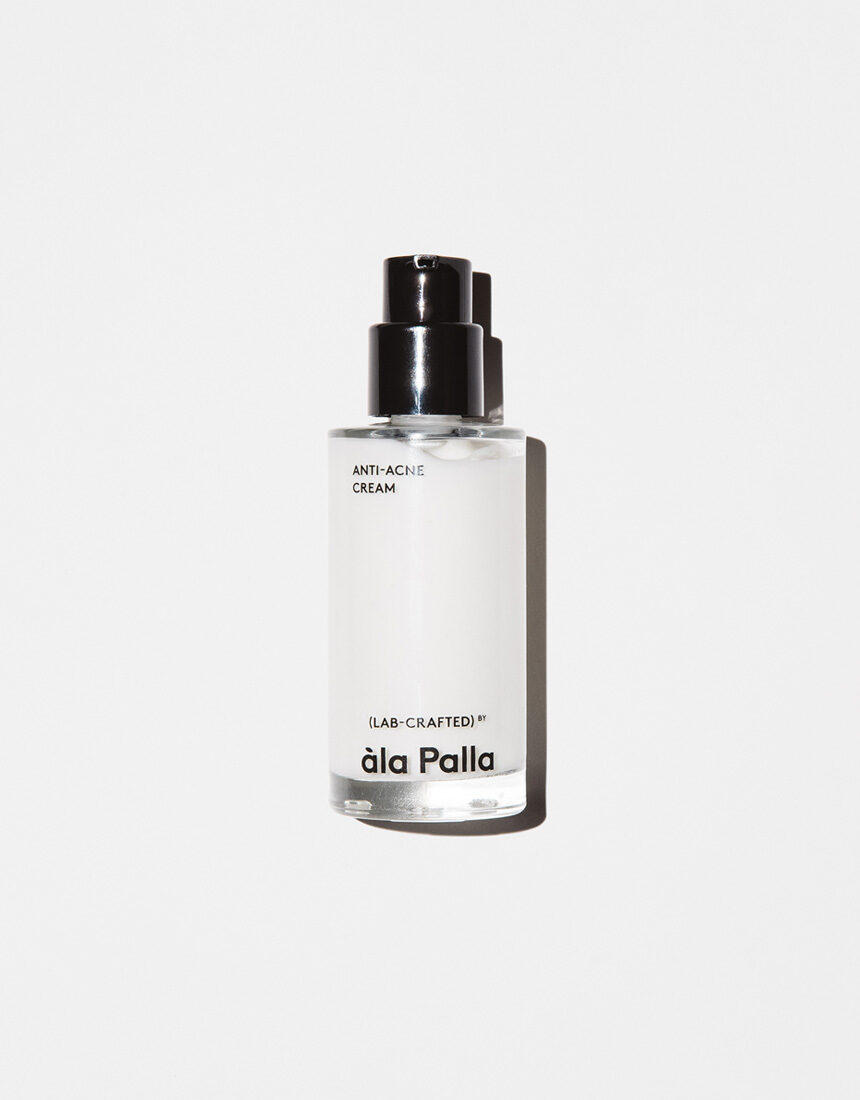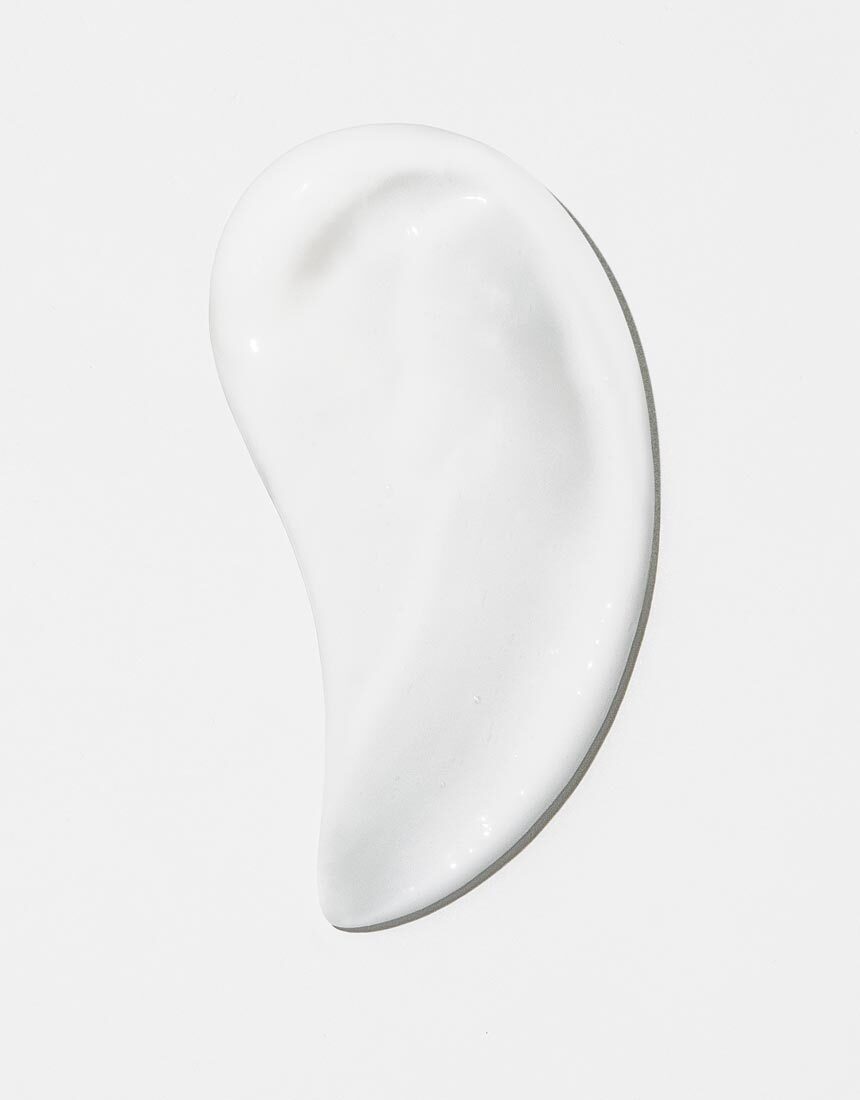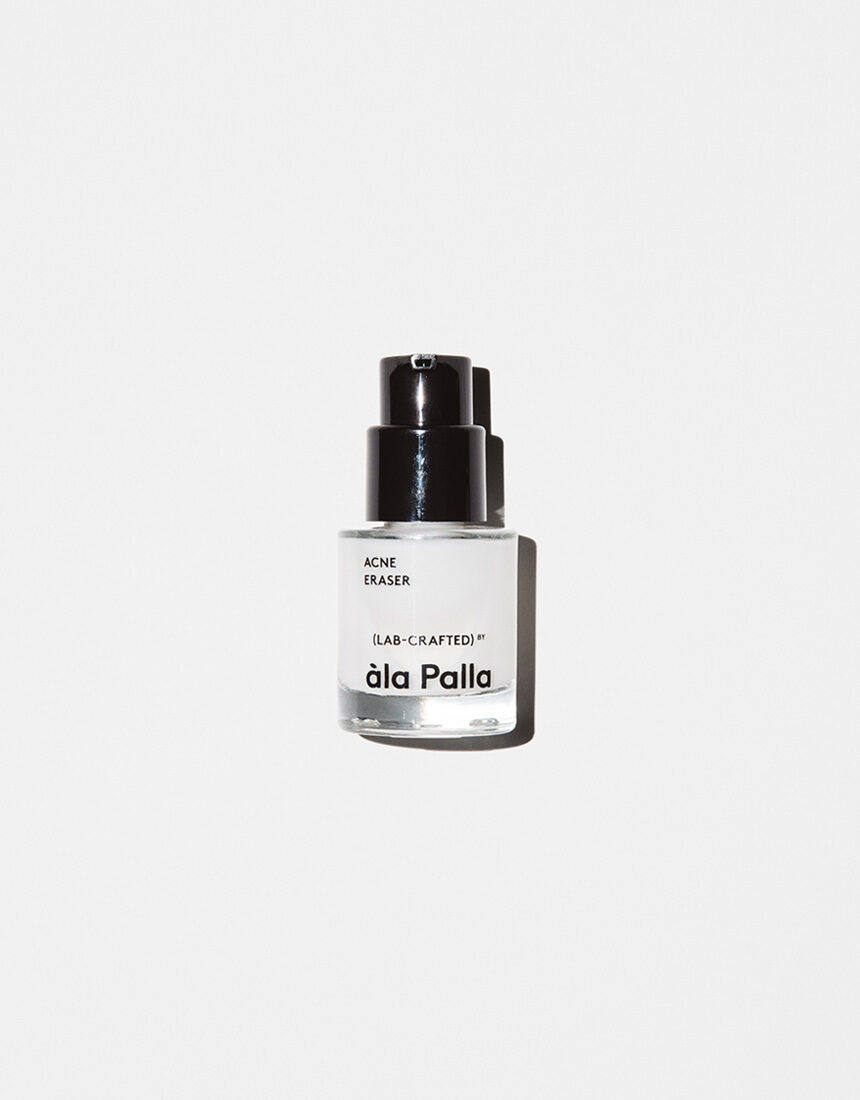
HEALTH / 23. 09. 2024
You can accept your acne. Or you can fight it effectively.
There are many factors that trigger and affect the course of acne – from hormones and genetics to lifestyle, diet and stress. It mainly affects teenagers, but in rare cases it may trouble adults, too. For all of them, there is a brand new line of anti-acne products that use the latest state-of-the-art active ingredients to help bring about rapid improvement and keep acne under control.
1 — What is acne?
Acne is the most common skin condition, caused by the clogging of sebaceous glands. When the sebaceous follicles become clogged – especially with oily residue, grime and dead skin cells – the bacteria Cutibacterium acnes multiply easily and cause a non-infectious yet unpleasant inflammation. Acne is most common in adolescents and affects mainly the face, chest, beck and shoulders. It usually disappears by the age of 20 to 25, but in rare cases it can also be found in adults, affecting approximately 12% of women and 1% of men.
2 — What types of acne are there?
Acne can present with a number of different manifestations of varying degrees of severity:
Comedonic acne
Blackheads
Open comedones are caused by the trapped excess sebum, dead skin cells, melanin and keratin. When the sebaceous follicles become filled and clogged up, their content oxidises when exposed to air and turns black.
Whiteheads
Whiteheads are closed comedones clogged by sebum in which the bacteria Cutibacterium acnes have multiplied. The closed clogged follicles keep the inflammation inside the skin.
Papulo-pustular acne
Papules
Papules are inflamed lesions. Papules – solid, raised bumps less than 1 cm wide – are often red in colour and usually sensitive and painful to the touch.
Pustules
These inflamed lesions – white-yellowish eruptions with an erythematous border – differ from papules in that they usually do not have a white-yellowish cap and are filled with pus.
Both papules and pustules usually heal without leaving scars. However, papules resorb more slowly and prolonged inflammation inside of them or inappropriate treatment may lead to formation of atrophic scars.
Nodule-cystic acne
Nodules
Nodules are a severe type of acne lesions. They form under the skin (subcutaneous acne) and are usually filled with pus. They are often hard to the touch.
Cysts
They are the most severe type of acne lesions, deeply inflamed and filled with pus. Cysts are softer to the touch than nodules, but they are usually very painful.
Both nodules and cysts cause deep inflammation and very often leave atrophic or keloid scars after healing.
In addition to classifying acne by the type of its manifestation, it can also be classified by the severity of the symptoms. In this case, the severity of acne can range from a very mild form with just a few pimples or spots to an extremely severe form with the presence of a large number of cysts and nodules.
3 — How and why acne develops?
The onset and course of acne is influenced by many factors – from hormones, genetics, lifestyle and diet to stress. Acne can also be aggravated by a polluted environment, using cosmetic products that are too oily, eating dairy products or too much processed sugar, as well as by some medicinal drugs (or more precisely, their side effects).
4 — How to combat acne?
Proper, gentle skin cleansing and good personal hygiene are the most important factors in reducing the symptoms of acne.
Always cleanse the skin in the morning with a cleansing foam or gel, adjust the skin’s pH with a tonic and carry one with your standard skin care routine by applying a serum, cream and sunscreen. In the evening, remove your make-up, for example, with a cleansing milk make-up remover, cleansing foam, oil gel or micellar water, cleanse and balance your skin with a tonic and apply a serum or cream. It is very important to avoid over-drying your skin if you suffer from acne. If your skin is too dry after the cleansing, it will fight back by producing even more sebum, making your acne worse.
A gentle exfoliation treatment once a week, make-up-free days, not going to bed with the make-up on and drinking plenty of water will also help to reduce acne.
In addition to proper skin care, do not forget to change towels and bed linen frequently and be careful not to subconsciously touch the acne affected skin with your hands.
Eating a well-balanced diet, getting enough quality sleep and avoiding or reducing stress are also factors that can help improve your acne.
The final piece of the puzzle on your journey to healthier skin with less acne is using skin care products specifically formulated for acne-prone skin.
That’s exactly what the àla Palla Anti-acne line products have been designed for. Anti-acne Cleansing Foam contributes to maintaining a healthy microbiome and gently cleanses the acne-prone skin. Anti-acne Cream and Anti-acne Drops have been shown to effectively reduce the manifestations of acne when used regularly in the morning and evening. Acne Eraser is particularly effective for acute acne and we also recommend using the Anti-acne Mask once a week as part of your skin care routine.
5 — Which ingredients to look for in cosmetic products?
There are several patented substances and natural extracts that can reduce the appearance of acne.
Zinc is well-known for its antimicrobial properties; Zinnerine, which contains a zinc hexapeptide complex, is one of the latest patented ingredients containing zinc.
Azelaic acid is another ingredient that helps to cleanse clogged skin pores and reduces inflammation and redness.
Salicylic acid, also known as BHA, supports the natural exfoliation of dead skin cells. Used to treat various skin conditions, it reduces the signs of dry, rough and uneven skin, leaving it softer and smoother.
Niacinamide – vitamin B3 – reduces sebum production, contracts enlarged pores and evens out skin tone.
Kaolin is rich in silicon, calcium, potassium, magnesium, zinc, aluminium and trace elements. It has excellent adsorption properties that support the detoxification of the skin.
Australian tee tree oil is best known for its powerful antimicrobial, antifungal and antiseptic properties and helps to heal minor wounds, too.
Elderberry oil is perfect for the softening, soothing, hydration, regeneration and protection of the skin. Its excellent anti-inflammatory properties make it a good choice for treating acne-prone skin.
Aloe vera contains a variety of polysaccharides, minerals (calcium, magnesium, zinc, selenium), vitamins, amino acids and flavonoids that protect skin cells and support their regeneration as well as a healing process. In addition, it has anti-inflammatory properties and improves skin hydration.
Chamomile has been used in traditional medicine since ancient times for its anti-inflammatory, wound healing and skin brightening properties. However, it should be used with caution because it may trigger an allergic response in many people.
6 — Which foods help to combat acne?
If you are troubled with acne, one of the most important factors in achieving healthier and cleaner skin is to add certain types of foods to your regular diet. This includes a sufficient intake of antioxidants, minerals and vitamins, such vitamins A, C and E. Also make sure that your diet contains plenty of greens (leaf cabbage, spinach), as well as batatas, quinoa, lemons, cucumbers, salmon, pumpkin, cauliflower and avocados. On the other hand, you should reduce consumption of dairy products and avoid eating too much processed sugar.
